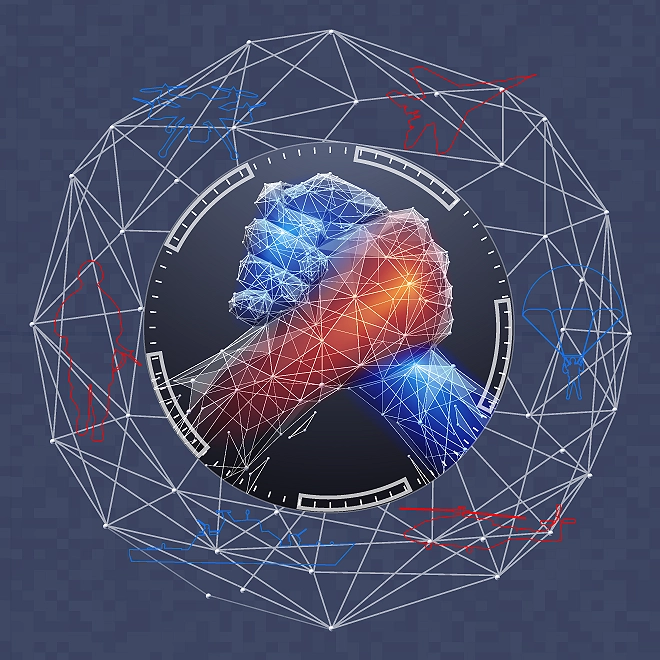The future(s) of public higher education
Five new models for state university success
How can US state universities meet growing demands for relevance even as they face a funding squeeze? Here are five innovative ways that stakeholders can collaborate to deliver an effective yet affordable educational experience.
IN the not-so-distant future, one way to “go to college” in the United States could be to periodically dip into a state-sponsored university’s educational offerings over the course of a lifetime—paying an annual subscription for the privilege.
This “Subscription University” approach is one of five models for state-supported higher education explored in Deloitte’s report The future(s) of public higher education: How state universities can survive—and thrive—in a new era. These models represent proposed responses to challenges many of today’s public educational institutions face in the United States, including the drastic decline in state funding that has driven unsustainable tuition increases for students; the growing need for lifelong learning as knowledge and skills become obsolete more rapidly; and the demographically driven drop-off in enrollments expected in the next five years.
Each of the five models for public higher education posits innovative ways that state governments, educational institutions, students, and even businesses can work together to create an educational experience that serves students’ needs while remaining accessible and affordable:
- The “Entrepreneurial University.” In this model, a state university system differentiates its offerings at the institution level while coordinating at the system level to align educational investments with student and state economic needs. Individual institutions would specialize in areas such as undergraduate education, vocational training, or research, while degree programs and curricula would be centrally influenced through the definition of clear goals by the state and system. While this strategy stresses the idea of separate identities for each institution within a system, it also encourages cooperation: Given that specialization may result in less competition, campuses could share faculty, departments, and academic and administrative resources as needed.
- The “Sharing University.” This model calls for campuses to link student and administrative services to realize efficiencies of scale and/or capitalize on the expertise of particular institutions. Repetitive activities would be either automated or outsourced to a single institution within the system, enabling the other campuses to focus resources on more strategic activities. Critical to this approach is to go beyond customary back-office operations. By sharing activities such as career services, international recruitment, academic advising, legal affairs, and information security, university systems can decrease spending on administration to allow for reinvestment in the academic core.
- The “Experiential University.” The Experiential University integrates work experiences deeply into the curriculum, with students toggling between long stretches in the classroom and the work world related to their area of study. This back-and-forth movement between theory and practice could train students’ brains differently from a traditional classroom-only curriculum, and also gives employers a chance to evaluate students for potential fit before committing to hiring them for a full-time position. Because the work experiences in this model would be closely tied to the state’s economic development priorities—and its emerging job market—it would likely enjoy strong support in the legislature, which could use the system as another incentive to recruit new businesses to the state.
- The “Subscription University.” This model reimagines college education as a platform for continual learning that provides students with multiple opportunities to develop both soft and critical technical skills, not just between the ages of 18 and 22, but whenever necessary. Under this model, students would start higher education earlier by taking dual-enrollment or early college courses while still in the K–12 system. Thereafter, they could dip in and out of the curriculum throughout their lives to gain and update their knowledge and skills as needed, potentially paying lower tuition fees up front and then an annual subscription fee during their lifetime.
- The “Partnership University.” This model extends the annual budgeting cycle across a window of several years, making it easier for institutions to plan and make strategic investments. It would guarantee a certain level of funding from the state over multiple years (absent extraordinary circumstances) in exchange for agreements from colleges for tuition limits, cost savings, increased collaboration and consolidation, and private fundraising. Integral to this partnership would be businesses and other employers, which would provide insights on curriculum, financial assistance for equipment, and other essential resources, as well as a steady stream of students to counterbalance fluctuations in state appropriations.
While it is unlikely that one model will dominate the next generation of public higher education, new models are sorely needed. Strong institutional and governmental leadership will be critical, as well as a culture that puts student needs at the center of decision-making. Movement toward change will likely require more active state educational system offices that can help define and measure success. New financial models and incentives will also be important: University systems will need to rethink how to allocate revenues and costs, and appropriate incentive structures will need to be developed to inform decisions such as where new positions are added, how space is allocated, and how new ideas and strategic initiatives receive seed funding.
For a deep dive into the possible paths forward for US state universities, download Deloitte’s full report, The future(s) of public higher education: How state universities can survive—and thrive—in a new era.
Higher Education Services
A recognized leader in the higher education space, Deloitte has solved complex problems with over 175 public and private higher education institutions nationwide. Deloitte’s higher education team has experienced professionals and industry leaders that turn ideas into impact for your institution. Our professionals have solved some of the toughest higher education challenges for our clients, including operational and financial transformation, enterprise technology solutions, student experience redesign, and organizational and change management.



